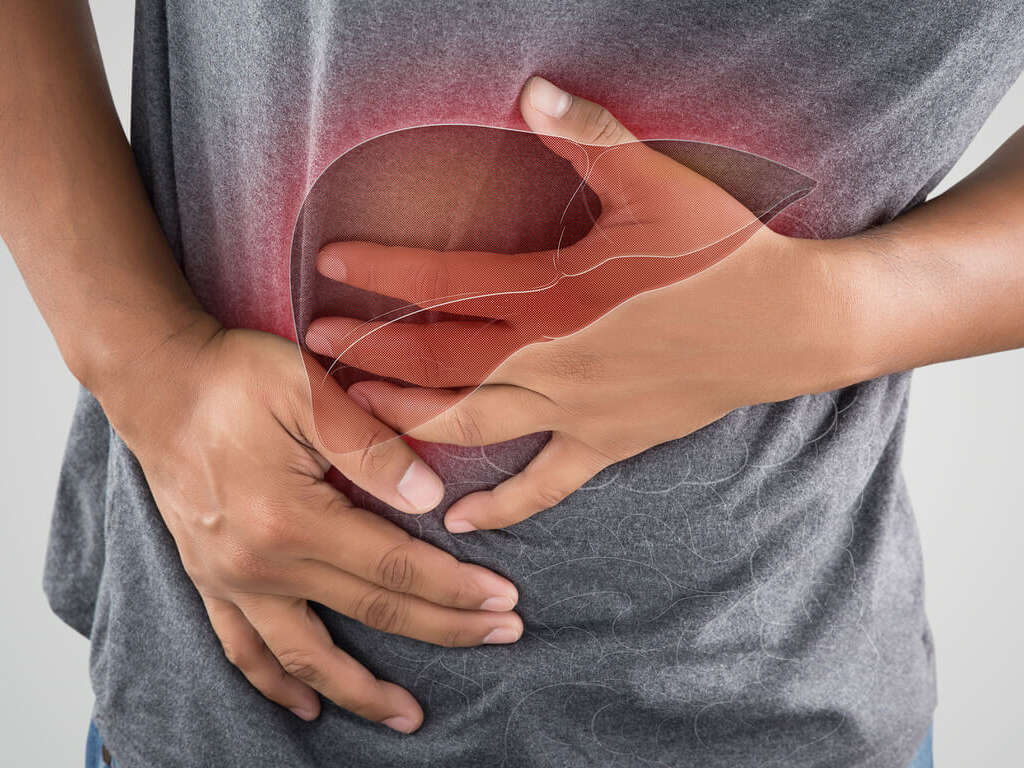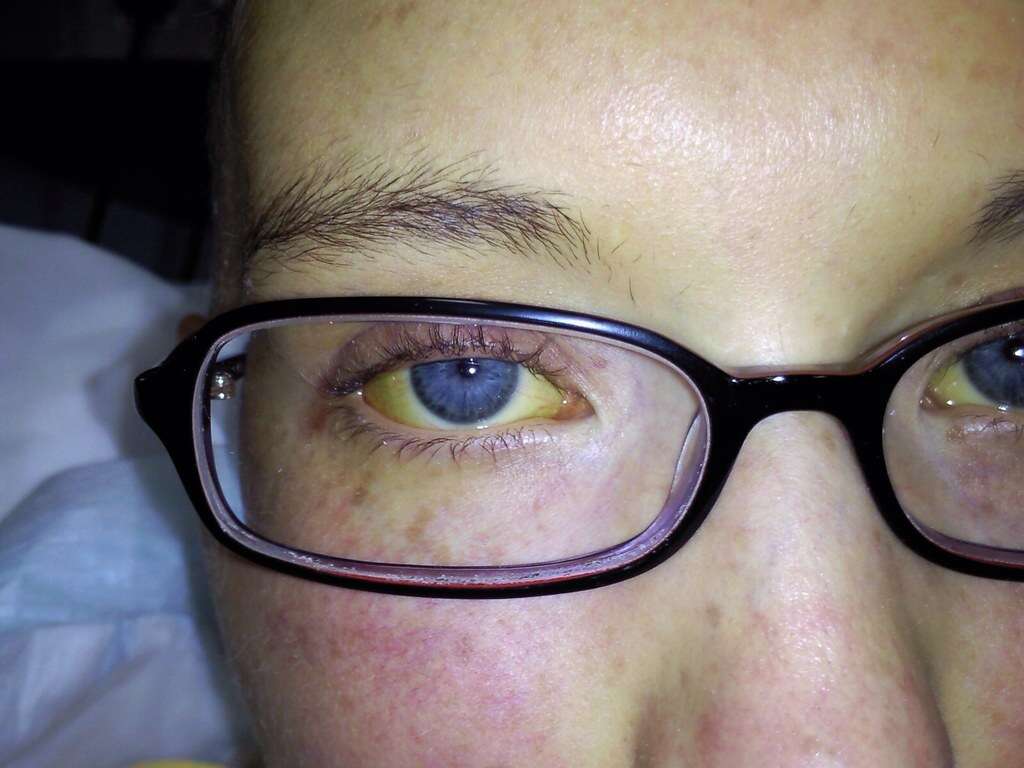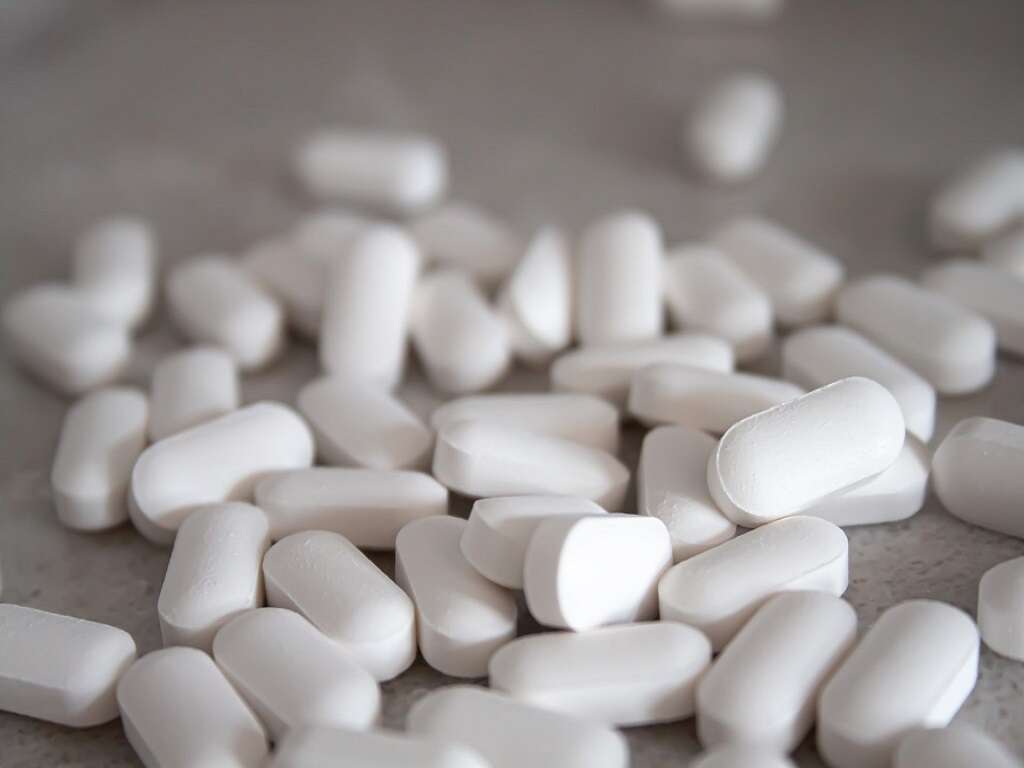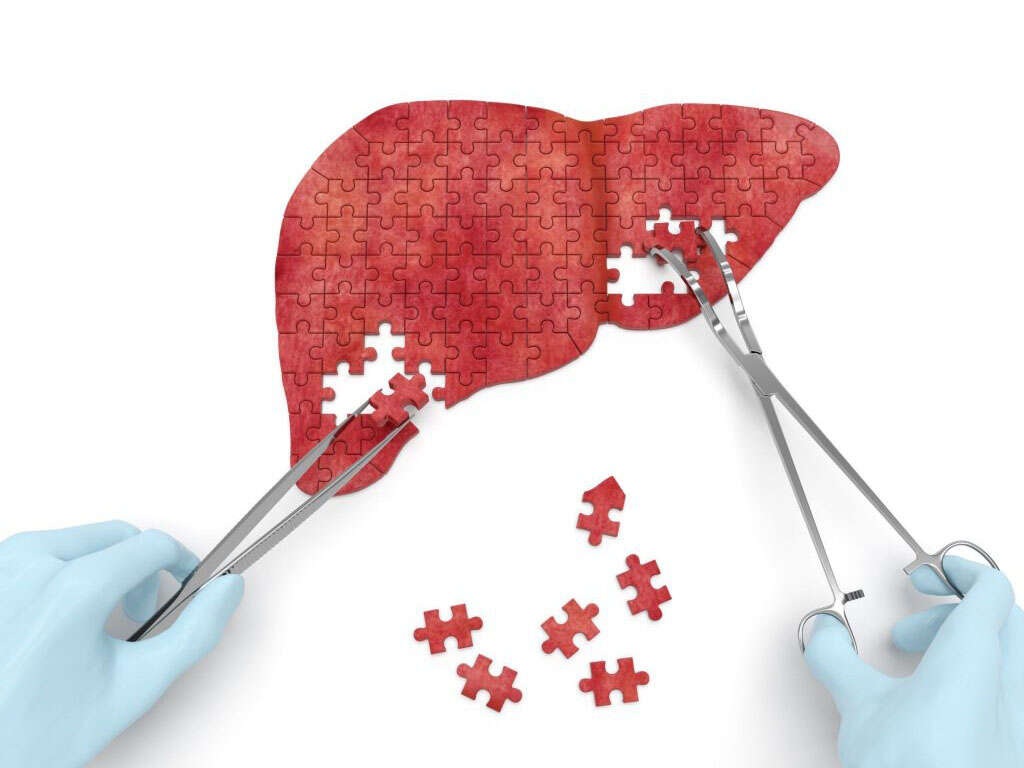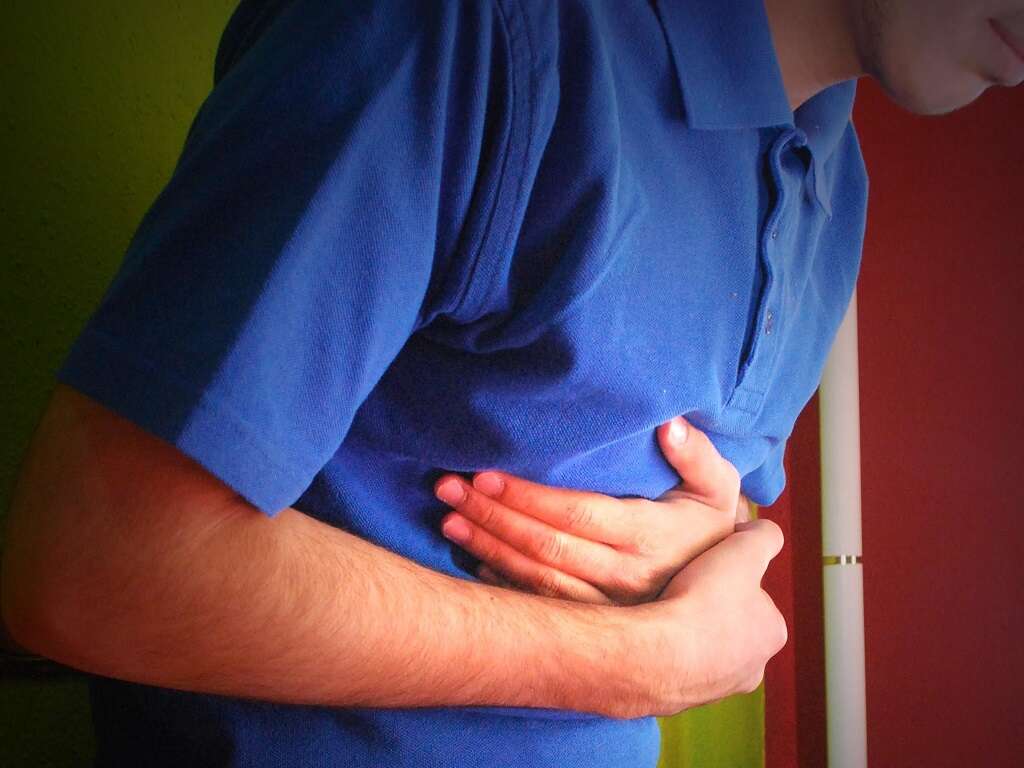What Is Liver Disease?
Although responsible for hundreds of functions that keep the body healthy, the liver remains a mystery to most of us. This under-appreciated organ filters whatever a person consumes, whether it is food, medicine, or alcohol. The mighty liver also performs many metabolic functions, clears the body of toxins, and stores nutrients from the blood for later use.
You may not receive any warning if your liver gets into trouble. Liver disease usually progresses over months or years, slowly replacing healthy tissue with scar tissue (cirrhosis). It is helpful to know some of the signs and symptoms to look for.
1. Difficulty Concentrating
All of us have difficulty concentrating sometimes, but if other symptoms are also present, this can be a sign that your liver is failing. An important function of the liver is filtering the toxins out of the blood and disposing of them. When your liver isn’t working, the toxins are not properly removed.
Those toxins can then travel to your brain and collect there (hepatic encephalopathy). This often results in difficulty concentrating and thinking clearly. As the condition progresses, you may experience confusion, memory problems, severe lethargy and even unconsciousness.
2. Itchy Skin
There are many things that can cause your skin to itch, from allergies to poison ivy. Itchy skin can also be a symptom of more serious issues, including kidney failure, thyroid problems, or lymphoma. Many healthcare professionals also see this symptom with chronic liver disease.
When a bile duct going from the liver to the small intestine is blocked, the bile cannot move properly and instead re-enters the bloodstream. Increased levels of bile salt, which can accumulate underneath the skin, can cause intense itching, primarily on the palms of the hands and soles of the feet.

3. Changes in Weight
Losing weight can be a sign of the hepatitis C virus (HCV), which can lead to liver inflammation and damage. About half the people who have HCV are unaware of it. Because HCV is usually curable with oral medications, it is a good idea to get tested if there is any chance that you’ve been exposed.
Weight gain can also signal problems. When metabolism is not regulated properly by the liver, excessive fat buildup can lead to fatty liver disease, causing weight gain in the belly area. In addition, the scar tissue that develops over time with liver disease can impede the blood flow through the liver, causing toxic overload and weight gain.
4. Bruising or Bleeding
If you start seeing a lot of unexplained bruises, you may be observing one of the signs of liver disease. A liver that is not functioning properly is unable to produce the needed blood clotting proteins. You may bruise easily, often, and out of proportion with the force of the impact.
Unusual bleeding may also occur, as blood may be unable to flow properly through a diseased liver. Blood that detours from the liver can cause an enlarged spleen, which in turn collects platelets from your blood. Issues such as bleeding gums and nosebleeds can occur with a low platelet count.

5. Red Hands
Non-alcoholic fatty liver disease (NAFLD) can cause your palms to turn red for no apparent reason. This disease involves people who rarely drink alcohol, and stems from too much fat being stored in the liver. Although it often has no symptoms, NAFLD can cause inflammation, which can progress to scarring, and ultimately liver failure.
There are many factors that can increase your risk of NAFLD, including insulin resistance, obesity, and high levels of triglycerides. Although experts don’t know why some people accumulate fat in the liver, it is more likely in people whose body fat is concentrated in the abdomen.
6. Spider-like clusters
Many healthy women have small clusters of arteries that appear on the skin. With a center red dot and blood vessels that radiate outward, these spider naevi, or angiomas, can resemble spiders or webs. They commonly occur when there is a lot of estrogen present in your system, such as during pregnancy.
Spider naevi can also be a sign of an unhealthy liver, however, usually involving alcohol-related liver cirrhosis. When the liver is not metabolizing hormones correctly, they may occur on the upper half of the body in large numbers. Although more unusual, spider naevi can also occur on men.
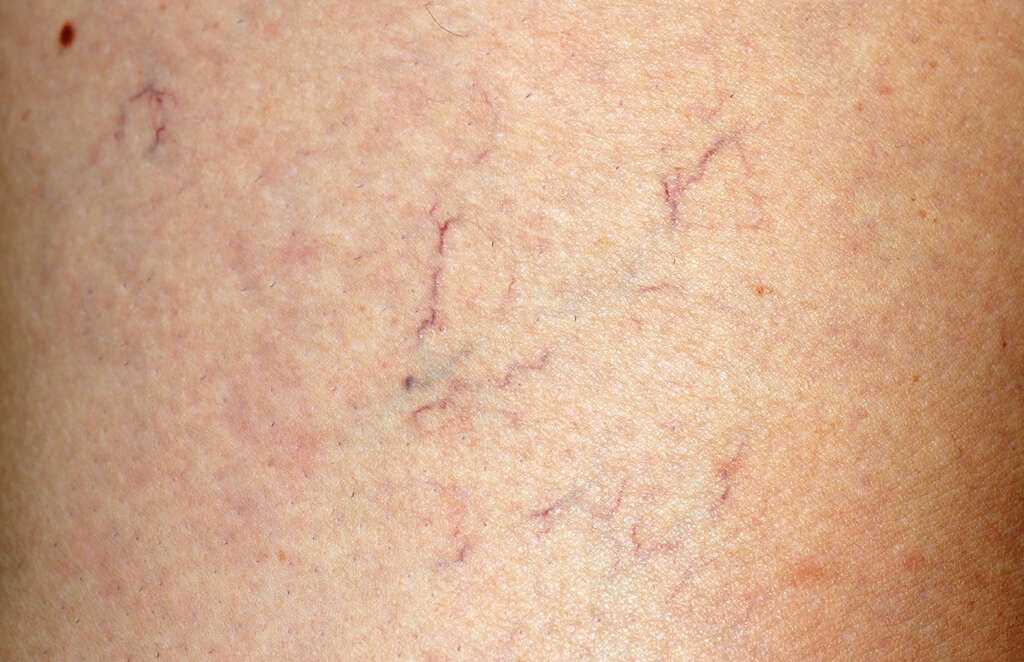
7. Fatigue
If you are tired in spite of eating well and getting enough rest, you may have an unhealthy liver. Although doctors are not sure exactly how tiredness is related to liver damage, they do acknowledge that chronic fatigue is a very common symptom. The feeling of exhaustion may be so overwhelming that it is debilitating.
Researchers are studying the relationship between fatigue and changes in neurotransmission within the brain. These changes appear to result from signals crossing back and forth between the brain and a diseased liver. Sleep disturbances related to an unhealthy liver may also contribute to fatigue.
8. Abdominal Pain
The liver, your largest organ, is located in the upper right part of the abdomen. Usually the size of a football, it may swell or become enlarged if inflamed. Pain may be hard to identify as coming from the liver because it can present differently depending upon the individual.
Liver pain may occur in the upper right quadrant or just beneath the lower right ribs. It can also radiate into the right shoulder or portions of the back. Many people feel a vague ache, but to others, it is a severe stabbing pain. Because other illnesses can cause similar pain, a doctor should determine the cause.

9. Fluid Retention and Swelling
One of the most common signs of liver cirrhosis is fluid retention. Your liver may not be producing enough albumin, a blood protein that prevents leaking from your bloodstream into your tissues. Swelling often occurs in either your legs or your abdomen.
Fluid filling the space surrounding the abdominal organs could be caused by a variety of conditions. With liver disease, the accumulation of protein-containing fluid occurs because scarring causes high blood pressure within the veins of the liver. This forces fluid to leak into the abdomen.
10. Nausea
The liver is responsible for many tasks in the digestive process. When it no longer does its job, the result can be persistent nausea, as well as changes in digestion and metabolism. Acid reflux and indigestion can add to nausea and cause vomiting.
When the liver is unable to perform its task of eliminating toxins from the bloodstream, the buildup of those toxins can also cause nausea and vomiting. Although these symptoms can be mild in early liver disease, they usually worsen as the toxins build.




